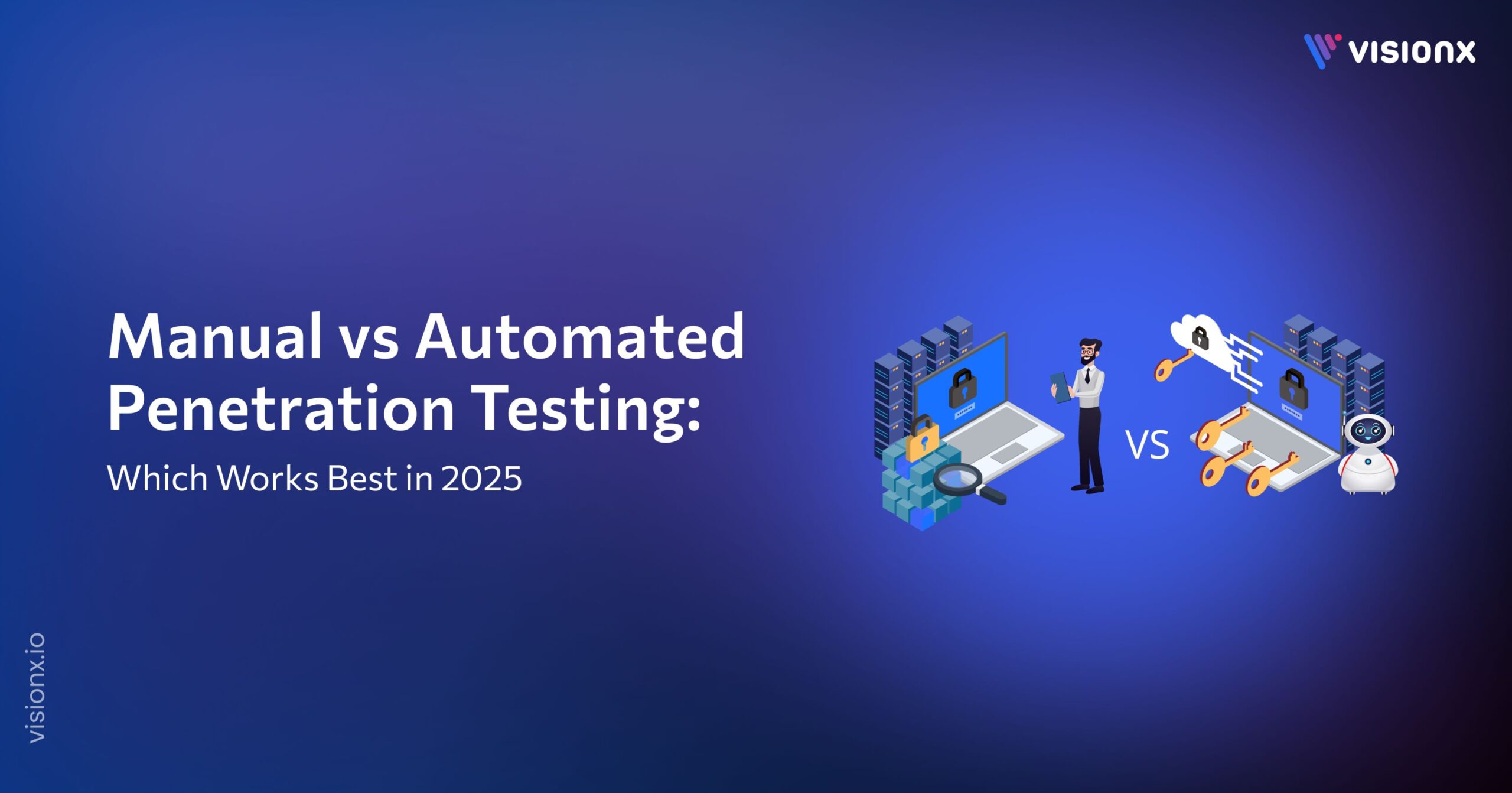Are you spending too much time anticipating demand and managing inventories? You’re not alone. Most businesses fail to predict their forecasting needs—too much stock means you’re wasting money, and too little stock means you’re losing lots of sales opportunities. Traditional methods of forecasting are no longer appropriate in today’s fast-paced world of data drowning.
The good news? Artificial intelligence and machine learning are here to help solve prediction problems. These tools factor out the guesswork and provide much more intelligent and precise predictions of demand and more intelligent ways of making operations. In this blog, we will discuss how the two are revolutionizing supply chain forecasting and the best way to overcome any problem. Let’s dive in!
What is Forecasting in Supply Chain?
Forecasting in supply chain is a crucial aspect of supply chain management. It pertains to anticipating demand, supply, or pricing for a given product or set of products for a specific industry. It involves historical trend analysis of the product in question, supplier information gathering, and competition research.
Effective supply chain demand forecasting can help firms schedule production, manage inventories, and even optimize logistics. This allows businesses to enhance customer satisfaction through reduced waste and agility in the marketplace.
Importance of Forecasting in Supply Chain
Forecasting is critical for organizations to stay ahead in today’s fast-paced business environment. It responds to market and customer demand and every other variable, controlling the operations efficiently and promptly within the shortest space imaginable.
“Gartner, Inc. predicts that by 2025, 70% of organizations will shift their focus from big to small and wide data, providing more context for analytics and making artificial intelligence (AI) less data hungry.”
Through accurate prediction of demand and resource needs, forecasting in supply chain allows organizations to:
- Minimize stockouts and overstocking
- Improve customer satisfaction by ensuring product availability
- Optimize production and delivery schedules
- Reduce waste and costs associated with inefficient operations
What is Demand Forecasting in Supply Chain?
Demand forecasting in supply chains refers to predicting customer future demand for goods or services within a supply chain. It uses past sales history and other variables to assess the required amounts in production or purchase to meet customers’ likely needs, as well as efficiency in inventory management and optimization of supply chain operations.
Furthermore, it is vital for planning production, allocating resources, and ensuring high customer satisfaction with on-time delivery of goods. This process also helps with sales forecasting.
Forecasting Techniques in Supply Chain
There are various key forecasting methods used in supply chain management to predict future demand, supply, and pricing. Some of these include:
1. Qualitative Forecasting Methods:
This employs expert judgment or market research in forecasting instead of using numbers. Examples of qualitative methods include the following:
- Delphi Method: That is, independent yet simultaneous forecasts by experts in which iteration would take place until the extent of consensus is achieved.
- Market Research: Information collected in focused groups, interviews, and surveys from consumers directly.
- Sales Force Composite: This method gathers forecasts from the sales team, who are closest to the customers. It can provide valuable insights but can also be subject to bias or optimism.
- Executive Opinion: High-level executives provide their judgments based on their experience and market knowledge. This can be useful for strategic planning but may lack detailed analysis.
2. Quantitative Forecasting Methods:
It includes a fairly extensive collection of techniques that would apply historical data to make future trends predictions through mathematical models:
- Time Series Analysis: This forecasting method analyzes all historical sales records, detects repetitive patterns and trends, and extrapolates them into the future.
- Causal Models: This function monitors the identified and analyzed associations among different factors, such as those that relate to demand as an economic indicator.
3. Collaborative Forecasting:
This includes collaboration with multiple stakeholders, such as suppliers, distributors, and customers, to provide more comprehensive and accurate forecasting. The CPFR process is an example of this approach.
4. Simulation Models:
This type of model enables the creation of an innumerable number of scenarios using computer simulation to determine their consequences on demand and supply variables. This approach helps businesses experiment with strategies and thus make better decisions.
5. ML and AI:
This advanced forecast method uses gigantic data sets from machine learning algorithms and artificial intelligence to learn and discover complex patterns. It is continuously updated with new information to forecast more accurately and dynamically.
Evolution of Forecasting: From Traditional to AI-Driven
The way businesses forecast their supply chain has changed dramatically over the years. Traditional practices, though foundational, often fall short of accuracy and flexibility. In their place, new-age AI-driven forecasting techniques have taken over the stage, promising smarter and much more dependable predictions with the advancement of technology. Here’s a side-by-side comparison of how forecasting has evolved;
| Traditional Forecasting | AI-Driven Forecasting |
| Relied on human intuition | Leverages AI and ML for predictions |
| Used basic statistical analysis | Uses advanced machine-learning models |
| Limited data processing capability | Analyzes vast amounts of data efficiently |
| Focused on historical trends | Consider market trends, customer behavior, and external factors |
| Lacked adaptability to changes | Dynamically adapts to real-time data and conditions |
AI and ML Techniques in Supply Chain Forecasting
AI and Machine Learning have completely transformed how businesses perform supply chain forecasting by analyzing massive, complex datasets before predicting trends and making data-driven decisions. Forecasting becomes faster, more accurate, and adaptable to change through these technologies and their process automation.
Key Machine Learning Models:
Some of the commonly used ML models for supply chain forecasting are;
1. Time series model:
Time series forecasting models use historical data to build patterns and trends over time. Examples include:
- ARIMA (Autoregressive Integrated Moving Average): A statistical model that combines autoregression, differencing, and moving average.
- Prophet: This Facebook model has been mainly built to handle seasonality and holidays.
2. Regression Models:
In such models, a continuous output variable is predicted depending on one or more input variables. Examples include:
- Linear regression: A simple model that suggests a linear relationship between the input and output variables.
- Multiple Linear Regression: An extended linear regression that acknowledges various inputs.
3. Neural Networks:
As the human brain inspires these models, they can learn complex patterns from big data. For example:
- Recurrent Neural Networks (RNNs): Generally relevant for time series data and have “memories” to retain an earlier point in time.
- Long-Short-Term Memory (LSTM): This is a type of RNN that can handle a long-term dependency inside the data.
4. Tree-Based Models:
These models formulate predictions by creating a tree-like structure. Some examples are:
- Decision Trees: They are simple models where decisions are made based on a chain of if-then rules.
- Random Random Forest: An ensemble method that combines different decision trees for better accuracy and overfitting reduction.
AI Techniques
Besides ML models, other AI techniques that can be applied to supply chain forecasting include:
Predictive Analytics:
This involves prefiguring future occurrences from past data using statistical computation methodologies.
Prescriptive Analytics:
This includes recommending certain actions after predicting to optimize results.
Simulation:
Construct virtual models of the supply chain and apply different scenarios to assess what might happen through them.
Natural Language Processing (NLP):
NLP can analyze news, social media posts, and other textual content to determine disruption-causing or opportunity-inducing potential.
AI and ML in Action: Real-World Applications
While many companies have successfully implemented AI and ML into supply chain forecasting, here are a few big names. Large retailers, such as Amazon and Walmart, rely on AI-driven demand forecasting models in order to optimize inventory and avoid losing business due to blocked supply chains. Manufacturers, too, predict raw material requirements through machine learning models, allowing for smooth production with fewer disruptions.
Challenges in Implementing AI in Supply Chain Forecasting
While AI in forecasting in supply chain offers immense potential, its implementation is not without challenges. Businesses must navigate various hurdles to utilize these technologies fully:
1. Data Quality and Availability
AI and ML models live on data. However, the quality of those data sets determines their success. A poorly maintained database with inconsistent or incomplete information leads to inaccuracy in supply chain forecasting. Without clean and structured data, AI models are unable to provide the most reliable insights.
2. Integration with Existing Systems
The task of merging AI tools with well-set supply chain management systems is huge. Most legacy systems are not adaptable to modern AI technologies, causing compatibility issues. Effective integration facilitates the highest utilization of AI-based forecasting in supply chain.
3. High Implementation Costs
The implementation of AI solutions is costly, especially for SMEs. After the initial cost of technology and infrastructure investments, the company has to incur maintenance, update model, and storage in cloud costs.
4. Skill Gaps
For a successful deployment of AI in supply chain forecasting, the expertise must include data science, machine learning, and supply chain operations. A great number of organizations lack the internal talent to build, train, and maintain the models, resulting in reliance on consultants or third-party providers.
Overcoming such barriers is essential for companies that intend to unlock full potential in their forecasting in supply chain operations.
Industry Research
Studies have shown that organizations with effective forecasting in the supply chain outperform their peers in terms of efficiency, customer satisfaction, and financial performance.
For example, a recent survey of supply chain professionals by Gartner found that organizations with advanced forecasting capabilities are more likely to:
- Meet customer demand
- Improve delivery time and accuracy
- Reduce waste and excess inventory
- Increase overall supply chain performance
Future of AI in Supply Chain Forecasting
There are several key trends driving a bright future for AI in supply chain forecasting.
1. More Sophisticated AI Models
- Deep Learning Advance: Newer and more powerful models, such as Graph Neural Networks (GNNs), are being developed, which will capture deeper relationships in supply chains for more accurate forecasts.
- Explainable AI (XAI): XAI will build trust as AI-driven forecasts become easier to understand.
2. Integration of Diverse Data Sources
- Beyond Legacy Data: AI will use more comprehensive sources, including social media trends, weather patterns, and economic indicators, to integrate a more holistic view.
- Stream of Real-Time Information: The processing of real-time data will enable business enterprises to react swiftly to changes.
3. Democratization of AI
- User-Friendly Tools: Accessible platforms will make AI available for business enterprises of all sizes
- AIaaS: Cloud-based applications will make complex AI capabilities affordably scalable.
Key Recommendations for Organizations
Based on our experience and research, we recommend that organizations take the following steps to move forward on forecasting in supply chain:
- Invest in advanced technology.
Organizations should invest in state-of-the-art technologies such as AI and ML to enhance their forecasting processes more accurately and more efficiently.
- Connect with Stakeholders.
Stick closely to the suppliers, customers, and others in information sharing so that they can all jointly predict future demand.
- Regularly evaluate and update processes.
Organizations should also develop new forecasting processes and methods for periodic assessment and improvement through technology acquisition.
- Support a data-fueled decision-making culture.
Organizations should promote a culture of data-driven decision-making, where teams are encouraged to use data and analytics in their decision-making and improve their forecasting capabilities.
Taking these steps will improve the accuracy and reliability of supply chain forecasting and put organizations in a better position for long-term success in a rapidly changing business environment.
How Can VisionX Help in Forecasting?
AI and Machine Learning can significantly improve the accuracy and efficiency of forecasting in the supply chain. Here are some ways in which VisionX can help:
1. Predictive analytics:
VisionX can leverage historical data, trends, and patterns to predict future demand and supply chain requirements. This can help organizations to optimize production schedules, reduce waste, and minimize stockouts and overstocking.
2. Real-time data processing:
Process and analyze large amounts of real-time data from various sources to provide more accurate and up-to-date predictions.
3. Automated forecasting:
VisionX can automate many of the manual processes involved in forecasting in supply chain, freeing up time and resources for other tasks.
4. Improved accuracy:
Leverage advanced algorithms and models, such as deep learning and neural networks, to improve demand forecasting accuracy and help organizations make better decisions.
5. Collaborative forecasting:
Facilitate collaboration and information sharing among suppliers, customers, and other stakeholders, leading to more accurate and joint predictions about future demand.
By integrating AI into their supply chain operations, organizations can gain a complete and accurate view of future demand and resource requirements. This can help them respond quickly and effectively to market changes, improve customer satisfaction, and drive long-term success. Refrain from letting inaccurate forecasting impact your supply chain efficiency. Reach out to VisionX today to see how we can help.


